Home>Interior Design>How Can I Make My Small Living Room Look Nice?
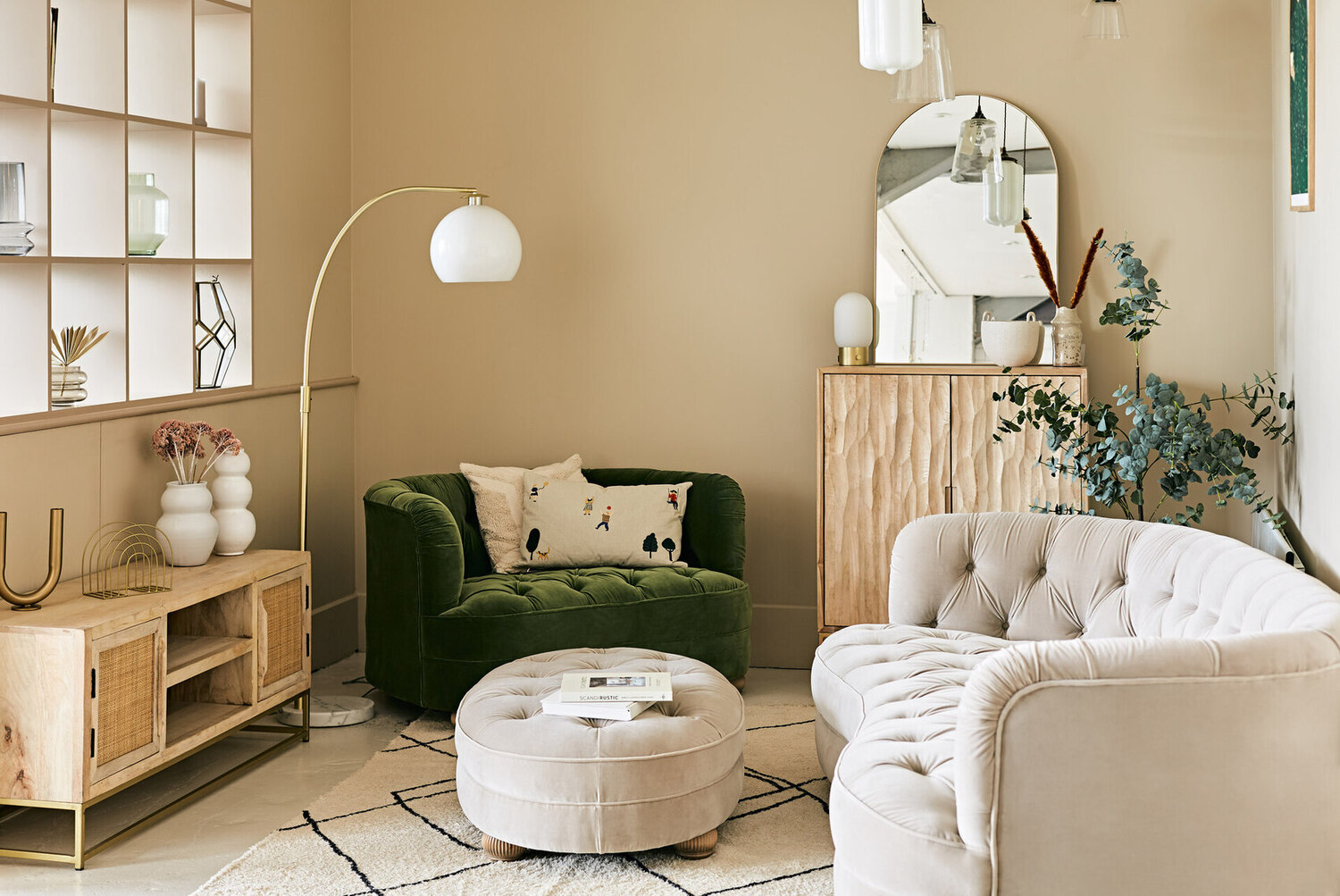

Interior Design
How Can I Make My Small Living Room Look Nice?
Modified: January 6, 2024
Discover expert tips and tricks for transforming your small living room into a stylish and inviting space with the help of interior design.
(Many of the links in this article redirect to a specific reviewed product. Your purchase of these products through affiliate links helps to generate commission for Storables.com, at no extra cost. Learn more)
Introduction
Welcome to the world of interior design, where even the smallest spaces have the potential to shine! If you have a small living room, don’t fret. With a little creativity and some strategic design choices, you can transform your compact space into a stylish and inviting haven. In this article, we will explore various tips and tricks to make your small living room look nice and maximize its potential.
A small living room can present unique challenges, such as limited space and the need to create a functional and comfortable environment. However, by implementing the right design strategies, you can overcome these hurdles and create a visually appealing space that reflects your style and personality.
Throughout this article, we will delve into different techniques to make the most of your small living room, from choosing the right color scheme to incorporating smart storage solutions. Let’s get started!
Key Takeaways:
- Embrace light and neutral colors, maximize natural light, and incorporate multi-functional furniture and smart storage solutions to make your small living room look nice, open, and organized.
- Utilize vertical elements, play with patterns and textures, and enhance the ambiance with proper lighting to create a visually captivating and inviting space in your small living room.
Read more: How Can I Make My Small Room Look Expensive?
Choosing the Right Color Scheme
When it comes to making a small living room look nice, choosing the right color scheme can make a world of difference. Colors have the power to influence our mood and perception of space, so it’s important to select hues that create a sense of openness and harmony.
First, consider opting for light and neutral colors as the base for your small living room. Light shades like whites, creams, and pastels create an illusion of space by reflecting natural light and making the room feel more open and airy. These colors also have a calming effect, which can contribute to a relaxing and comfortable atmosphere.
While light colors are essential, don’t be afraid to add pops of color to inject personality and visual interest into the room. You can do this through accent walls or by incorporating colorful throw pillows, rugs, and artwork. Just be mindful not to overwhelm the space with too many bold colors, as this can make the room feel crowded.
In addition to color choices, consider using a monochromatic or analogous color scheme for a cohesive and harmonious look. A monochromatic scheme involves using different shades of the same color, while an analogous scheme combines colors that are adjacent to each other on the color wheel. These approaches create a sense of unity and flow throughout the room, making it feel more spacious.
Lastly, don’t underestimate the power of natural light in enhancing the overall color scheme. If possible, allow as much natural light into the room as possible by using sheer curtains or blinds that can be easily pulled back. Natural light not only brightens up the space but also makes colors appear more vibrant and true to their nature.
By carefully selecting the right color scheme for your small living room, you can create a visually pleasing and harmonious space that feels light, open, and welcoming.
Maximizing Natural Light
One of the key elements in making a small living room look nice is maximizing natural light. Natural light not only brightens up the space but also gives the illusion of a larger and more open area. Here are some strategies to maximize natural light in your small living room:
1. Keep the windows clean: It may seem like a simple task, but keeping your windows clean can significantly improve the amount of light that enters your living room. Be sure to regularly clean both the inside and outside of the windows to remove any dirt or grime that may be blocking the light.
2. Use sheer curtains or blinds: Heavy drapes or thick curtains can obstruct natural light from entering the room. Opt for sheer curtains or blinds instead, as they allow light to filter through while still providing privacy. If you prefer curtains, choose ones that can easily be pulled back to let in maximum sunlight during the day.
3. Reflective surfaces: Incorporating reflective surfaces in your living room can help bounce light around the space, making it appear brighter and more spacious. Consider adding mirrors on walls opposite windows to reflect natural light and create an illusion of larger space. You can also introduce reflective elements like glass tables or metallic accents to enhance the luminosity.
4. Choose light-colored or translucent furniture: Dark furniture can absorb light and make the room feel heavier. Opt for light-colored furniture or pieces made with translucent materials like glass or acrylic to keep the space airy and allow light to pass through.
5. Declutter and arrange furniture strategically: A cluttered and overcrowded living room can block natural light. Keep your space tidy and organized by decluttering regularly. Additionally, arrange furniture in a way that doesn’t obstruct windows or natural light sources, allowing light to flow freely throughout the room.
6. Trim any outdoor foliage: Overgrown trees or shrubs outside your windows can block natural light from entering your living room. Trim any foliage that may be casting shadows on your windows, and consider planting low-maintenance plants or flowers that don’t grow too tall near the windows.
By implementing these strategies, you can make the most of the natural light available, creating a bright and welcoming atmosphere in your small living room.
Adding Mirrors to Create an Illusion of Space
Want to make your small living room appear larger? Look no further than the power of mirrors! Mirrors are a versatile and effective tool in interior design, especially for creating an illusion of space. Here’s how you can incorporate mirrors to make your small living room look nice:
1. Opt for a large wall mirror: A large wall mirror can instantly open up a small living room by reflecting light and making the space feel more expansive. Choose a mirror that is proportionate to the wall and position it strategically to maximize its impact. Placing the mirror opposite a window or near a natural light source will help amplify the light and create a brighter atmosphere.
2. Create a mirror gallery wall: If you’re feeling creative, consider creating a gallery wall using various mirrors of different shapes and sizes. This not only adds visual interest to the room but also creates the illusion of depth and dimension. Arrange the mirrors in a pattern or randomly, depending on your desired aesthetic.
3. Use mirrored furniture and accents: In addition to wall mirrors, incorporating mirrored furniture and accents can further enhance the illusion of space. Choose items like mirrored coffee tables, side tables, or decorative objects with reflective surfaces. These pieces not only add a touch of glamor but also help bounce light around the room, making it feel more open and airy.
4. Place mirrors at strategic locations: To optimize the effect of mirrors, consider placing them strategically in areas that tend to feel confined or dimly lit. For example, positioning a mirror behind a couch, above a fireplace, or on the wall opposite a narrow hallway can visually expand the space and create a more welcoming ambiance.
5. Consider mirrored closet doors: If your small living room has a closet, replacing the traditional doors with mirrored ones can instantly transform the space. Mirrored closet doors not only offer a practical solution for storage but also reflect light and add a sense of depth to the room, making it feel larger than it actually is.
Remember, the key to using mirrors effectively is to place them strategically and in proportion to the room. While mirrors can create the illusion of space, be careful not to overdo it. A well-placed mirror or two can go a long way in making your small living room look nice and more spacious.
Using Multi-functional Furniture
When it comes to maximizing space in a small living room, multi-functional furniture is a game-changer. These versatile pieces not only serve their primary purpose but also offer additional storage and functionality. Here are some ideas on how you can incorporate multi-functional furniture to make your small living room look nice:
1. Sofa beds: A sofa bed is a fantastic investment for a small living room. During the day, it functions as a comfortable seating area, and at night, it can transform into a cozy bed for guests. Look for sleek and compact designs that blend seamlessly with your overall decor, ensuring your sofa bed doesn’t overwhelm the space when folded out.
2. Storage ottomans: Ottomans are not only great for resting your feet but also provide hidden storage space. Opt for ottomans with a removable top or those that have built-in drawers or compartments. You can use them to store extra blankets, pillows, or even as a hiding spot for remote controls and other small items.
3. Nesting tables: Nesting tables are a versatile addition to any small living room. These tables come in a set of two or three, with each table fitting neatly under the larger one when not in use. Pull them out when you need extra surface space for drinks, snacks, or even as additional seating options. They can be easily tucked away when you need more floor space.
4. Wall-mounted desks: If you need a workspace in your living room but don’t have space for a dedicated desk, consider a wall-mounted option. These compact desks can be folded up against the wall when not in use, saving precious floor space. Look for designs with additional storage compartments or shelves to keep your work essentials organized.
5. Built-in shelving: Maximize vertical space by installing built-in shelving units. These can serve as a display area for books, decor items, or even as a media center for your TV and entertainment system. Incorporating storage solutions like cabinets or drawers within the built-in shelves will further optimize space by providing hidden storage.
6. Coffee tables with storage: Choose a coffee table with built-in storage options like drawers, shelves, or lift-top designs. This allows you to keep essentials like remote controls, magazines, and coasters within easy reach while also tucking away clutter. Look for coffee tables that have a slim profile and fit proportionally in your living room layout.
By utilizing multi-functional furniture, you can make the most of your small living room’s limited space while still providing essential functionality. It’s all about finding pieces that serve a dual purpose and seamlessly blend with your overall decor to create a cohesive and stylish look.
Read more: How Can I Make My Small Living Room Cozy?
Implementing Smart Storage Solutions
In a small living room, effective storage solutions are essential to keep the space organized and clutter-free. Smart storage solutions not only help maximize the available space but also contribute to a tidy and aesthetically pleasing environment. Here are some ideas for implementing smart storage in your small living room:
1. Utilize vertical space: When floor space is limited, vertical storage becomes your best friend. Install wall-mounted shelves or bookcases to utilize the height of the room. This not only provides ample storage for books and decorative items but also draws the eye upward, creating the illusion of a taller space. Consider adding baskets or containers to the shelves to store smaller items and keep them organized.
2. Floating shelves: Floating shelves are a great option for small living rooms. They take up minimal space while providing a stylish way to showcase your favorite decor pieces. Install them above seating areas or on empty walls to add both storage and visual interest to the room. You can use them to display books, plants, artwork, or any other items that reflect your personal style.
3. Hidden storage coffee tables: Invest in a coffee table with hidden storage compartments. These clever designs allow you to keep items like magazines, remote controls, and board games neatly tucked away, minimizing clutter on the table’s surface. Opt for a coffee table that matches the style of your living room and offers sufficient storage capacity.
4. Modular furniture: Consider modular furniture options that offer built-in storage. Look for sofas, ottomans, and entertainment units with hidden storage compartments. These pieces allow you to keep items out of sight while providing a functional and comfortable seating arrangement. Modular furniture can be customized to fit your space and easily rearranged when needed.
5. Utilize underutilized spaces: Make the most of underutilized spaces in your small living room. For example, utilize the area under the stairs by installing built-in cabinets or shelves. This can be a perfect spot to store books, electronics, or even create a small workspace. Look for other hidden nooks and corners in the room where you can place storage units or shelving.
6. Multi-purpose storage benches: Bring in storage benches that not only provide extra seating but also offer a hidden storage compartment. Place them near windows or at the foot of the bed to maximize functionality while adding a decorative touch to the room. Use them to store extra pillows, blankets, or even shoes and accessories.
Remember, in a small living room, keeping clutter at bay is essential to create a visually appealing space. By implementing smart storage solutions, you can maintain an organized and tidy living room while maximizing the use of your available space.
Use light, neutral colors to make the room feel more spacious. Maximize natural light with sheer curtains and strategically placed mirrors. Choose furniture that serves multiple purposes, such as a storage ottoman or a sofa bed.
Strategic Placement of Furniture and Accessories
The placement of furniture and accessories plays a crucial role in optimizing the space and overall aesthetic of a small living room. Strategic placement can create a harmonious flow, maximize functionality, and make the room look nice. Here are some key considerations for placing furniture and accessories in your small living room:
1. Create a focal point: Establish a focal point in the room, such as a fireplace, a large window with a stunning view, or a piece of artwork. Arrange the furniture around this focal point to draw attention and create a sense of balance. This not only adds visual interest but also helps to anchor the space.
2. Consider the scale of furniture: Avoid oversized furniture that overwhelms the room. Instead, opt for appropriately scaled pieces that fit the proportion of the living room. Choose furniture with sleek lines and open bases, as they create a more airy and spacious feel. Leave enough space between furniture to allow for easy movement and avoid a cluttered appearance.
3. Float furniture: In some cases, floating furniture away from the walls can create the illusion of a larger space. For example, instead of pushing your sofa against a wall, try placing it in the middle of the room with a narrow console table placed behind it. This opens up the room and creates a more intimate seating arrangement.
4. Use rugs to define zones: Area rugs can be used to define specific zones within your living room. This helps visually separate different areas, such as a seating area, a reading nook, or a media corner. Choosing rugs that are proportional to the size of the space and placing them strategically can add depth and texture to the room.
5. Accentuate vertical space: When arranging furniture, don’t forget about vertical space. Incorporate tall shelves, floor-to-ceiling bookcases, or wall-mounted storage units that draw the eye upward. This not only provides additional storage options but also adds visual interest and makes the room look taller and more spacious.
6. Balance furniture and accessories: Achieve a sense of balance by distributing furniture and accessories evenly throughout the room. Avoid overcrowding one side of the room and leaving the other side empty. Balance larger furniture pieces with smaller ones and mix up different shapes and heights to create visual variety.
7. Keep pathways clear: Ensure there is enough space to move around comfortably in the living room. Avoid blocking walkways with furniture or accessories. Clear pathways not only improve functionality but also make the room feel more open and inviting.
Remember, the goal is to create a cohesive and well-balanced arrangement that optimizes the functionality and visual appeal of your small living room. Experiment with different furniture placements and accessories until you find the configuration that best fits your space.
Incorporating Vertical Elements for Visual Interest
When it comes to making a small living room look nice, incorporating vertical elements can add visual interest and create the illusion of a larger space. By drawing the eye upward, you can make the room feel more spacious and dynamic. Here are some ideas for incorporating vertical elements in your small living room:
1. Floor-to-ceiling curtains: Hang curtains from ceiling to floor, even if the windows are smaller in size. This creates the illusion of height and adds a touch of elegance to the room. Choose curtains in lightweight fabrics and colors that complement your overall color scheme. The vertical lines created by the curtains will make the room appear taller and more spacious.
2. Vertical artwork: Hang vertical artwork on the walls to create a sense of height. Paintings, photographs, or wall sculptures with vertical orientations can visually elongate the walls. Choose pieces that reflect your personal style and complement the overall decor theme of your living room.
3. Tall bookshelves or cabinets: Install tall bookshelves or cabinets that reach up to the ceiling. This not only provides ample storage space but also draws the eye upward, making the room feel taller. Display books, decorative objects, and family photos on these vertical structures to add personality and interest to the room.
4. Wall-mounted shelving units: Wall-mounted shelving units are a great way to utilize vertical space while adding a stylish storage solution. Install them at varying heights and use them to display small plants, decorative boxes, or other accessories. The vertical lines created by the shelves will make the room appear taller and more visually engaging.
5. Statement lighting fixtures: Hang pendant lights or chandeliers that have a vertical design. These lighting fixtures not only provide illumination but also act as a focal point that draws the eye upward. Opt for fixtures with long, sleek lines to enhance the verticality of the room.
6. Tall indoor plants: Incorporate tall indoor plants such as palms or bamboo to add a vertical element to the room. Place them in corners or next to furniture to create a sense of height. The lush greenery not only adds a natural touch but also visually elongates the space.
By incorporating these vertical elements, you can create a visually captivating living room that feels larger and more spacious. Experiment with different techniques and find the balance that works best for your personal style and the overall design of your small living room.
Playing with Patterns and Textures
Patterns and textures can add depth, interest, and visual appeal to a small living room. By incorporating different patterns and textures, you can create a dynamic and inviting space that looks nice and feels cozy. Here are some ways to play with patterns and textures in your small living room:
1. Mix and match patterns: Don’t be afraid to mix different patterns together to create a vibrant and eclectic look. Start with a base pattern, such as a solid color or a subtle texture, and layer it with other patterns like stripes, florals, or geometric designs. Make sure to choose patterns that complement each other in terms of color and scale to maintain a cohesive and balanced aesthetic.
2. Use patterned rugs: A patterned rug can instantly add visual interest and define a space in your living room. Opt for a rug with bold patterns or textures that complement your overall color scheme. The rug can serve as a focal point or anchor for your furniture arrangement, adding depth and warmth to the room.
3. Incorporate textured fabrics: Introduce textured fabrics through throw pillows, blankets, and upholstery to create a cozy and inviting atmosphere. Consider using fabrics with different textures like velvet, faux fur, or woven materials. These textures not only add visual interest but also provide a tactile experience that enhances the overall comfort of the space.
4. Wallpaper or accent wall: Consider using patterned wallpaper or creating an accent wall with a textured finish. This instantly adds depth and character to your small living room. Choose patterns or textures that complement the rest of the room while adding a touch of personality and style.
5. Mix smooth and rough textures: Create contrast by combining smooth and rough textures in your living room. For example, pair a plush velvet sofa with a textured jute or rattan accent chair. Mixing textures adds visual intrigue and tactile variation, making the room more visually engaging.
6. Play with scale: Experiment with different scales of patterns and textures to create visual interest. Pair large-scale patterns with smaller ones to create a balanced look. Similarly, combine different textures with varying degrees of roughness or smoothness to add depth and dimension.
Remember to strike a balance between patterns and textures to avoid overwhelming the space. Let patterns and textures complement the overall design scheme while adding visual variety and personality to your small living room.
Read more: How To Make A Small Porch Look Nice
Enhancing the Ambiance with Proper Lighting
The right lighting can transform a small living room, creating a warm and welcoming ambiance while highlighting its best features. Proper lighting enhances the overall aesthetic and functionality of the space. Here are some tips to enhance the ambiance of your small living room with proper lighting:
1. Natural light: Maximize the use of natural light by keeping windows unobstructed and using sheer curtains or blinds that allow light to filter through. Natural light not only illuminates the room but also brings a sense of openness and freshness. Arrange furniture and accessories in a way that allows the natural light to penetrate and brighten up the space.
2. Layered lighting: Create a layered lighting scheme by incorporating different types of lighting sources. This includes ambient lighting, which provides overall illumination for the space, task lighting for specific activities like reading or working, and accent lighting to highlight architectural features or artwork. By layering different types of lighting, you can control the intensity and mood in the room.
3. Ceiling lights: Install ceiling lights, such as recessed lighting or flush mount fixtures, to provide general illumination in the room. Choose fixtures that spread light evenly and don’t overwhelm the space. Dimmable ceiling lights give you control over the brightness of the room, allowing you to create a cozy ambiance when desired.
4. Floor and table lamps: Supplement the general lighting with floor and table lamps to create a warm and inviting atmosphere. These portable lighting options not only provide task lighting but also add style and visual interest to the living room. Place them strategically in corners, next to seating areas, or near reading nooks to create cozy and intimate spots.
5. Decorative lighting: Use decorative lighting fixtures, such as pendant lights or chandeliers, to add a touch of elegance and personality to your small living room. These statement pieces act as focal points and can enhance the aesthetic appeal of the space. Choose fixtures that complement the style of your living room while providing ample illumination.
6. Lighting accessories: Don’t overlook the impact of lighting accessories in creating ambiance. Use dimmer switches to adjust the brightness of the room according to your needs or the desired mood. Add soft, diffused lighting with the help of lampshades or frosted bulbs to create a cozy and relaxing atmosphere.
7. Highlight architectural features: Use lighting to highlight architectural features like exposed brick walls, alcoves, or niches in your living room. This not only draws attention to these unique elements but also adds depth and dimension to the space.
Remember to consider the activities that take place in your living room and adjust the lighting accordingly. With the proper lighting, you can create an ambiance that suits different occasions, enhances the overall visual appeal, and makes your small living room a pleasant place to spend time.
Conclusion
Designing a small living room to look nice requires thoughtful planning and creative execution. By implementing the right strategies, you can transform your compact space into a stylish and inviting haven. We have explored various tips and tricks to maximize the potential of your small living room.
Choosing the right color scheme sets the foundation for a visually appealing space. Opt for light and neutral colors to create a sense of openness, and add pops of color for personality. Maximizing natural light contributes to the illusion of space, so keep windows clean, use sheer curtains, and incorporate reflective surfaces like mirrors to bounce light around the room.
Multi-functional furniture is a game-changer in small living rooms. Sofa beds, storage ottomans, and nesting tables provide both functionality and space efficiency. Strategic storage solutions help keep the room organized and clutter-free. Utilize vertical space with wall-mounted shelves, tall bookcases, and hidden storage options.
Strategic placement of furniture and accessories is key to maximizing space and flow. Create a focal point, consider scale, and keep pathways clear for easy movement. Incorporating vertical elements, such as floor-to-ceiling curtains, tall bookshelves, or vertical artwork, adds visual interest and makes the room feel spacious.
Playing with patterns and textures adds depth and personality to your small living room. Mix and match patterns, use textured fabrics, and consider wallpaper or accent walls. Enhancing the ambiance with proper lighting is crucial. Incorporate natural light, create a layered lighting scheme, and use ceiling lights, lamps, and decorative fixtures to set the mood.
In conclusion, with a thoughtful approach, you can make your small living room look nice and create a space that reflects your personal style while optimizing functionality. By incorporating these design strategies, you can transform your small living room into a stylish and inviting oasis that feels open, organized, and comfortable.
Frequently Asked Questions about How Can I Make My Small Living Room Look Nice?
Was this page helpful?
At Storables.com, we guarantee accurate and reliable information. Our content, validated by Expert Board Contributors, is crafted following stringent Editorial Policies. We're committed to providing you with well-researched, expert-backed insights for all your informational needs.
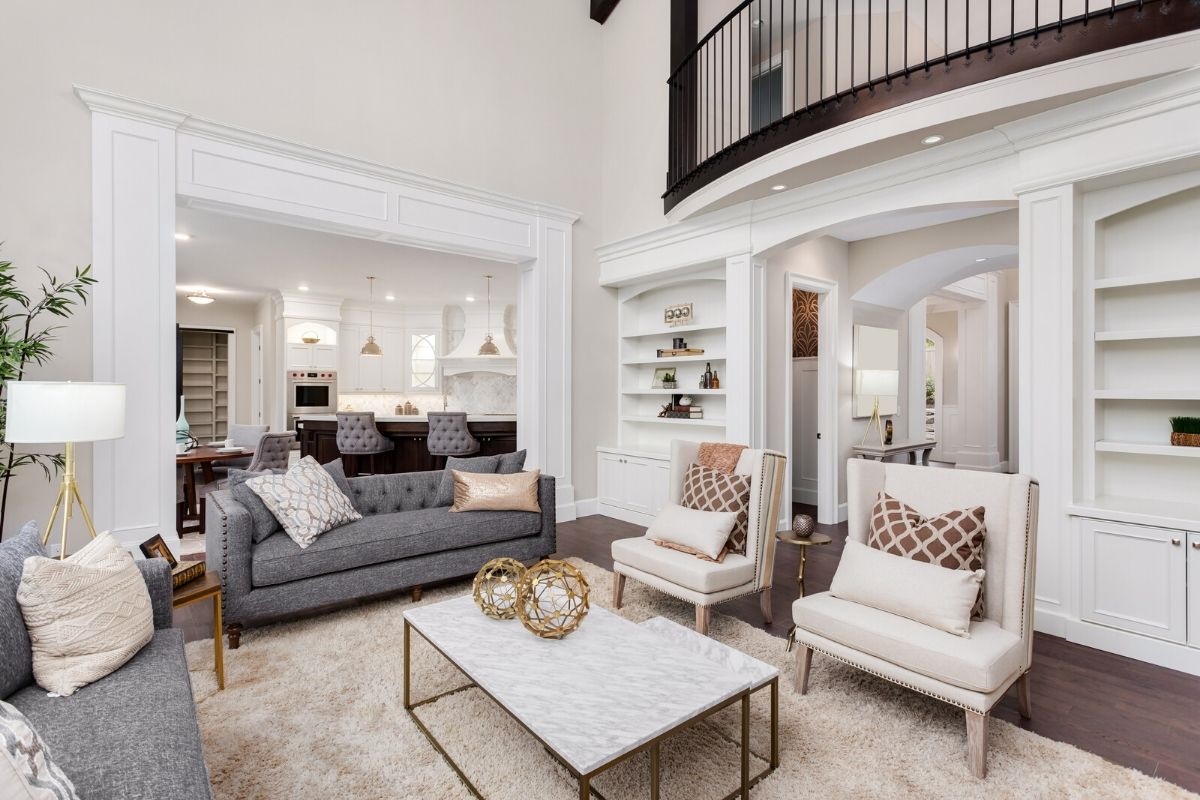
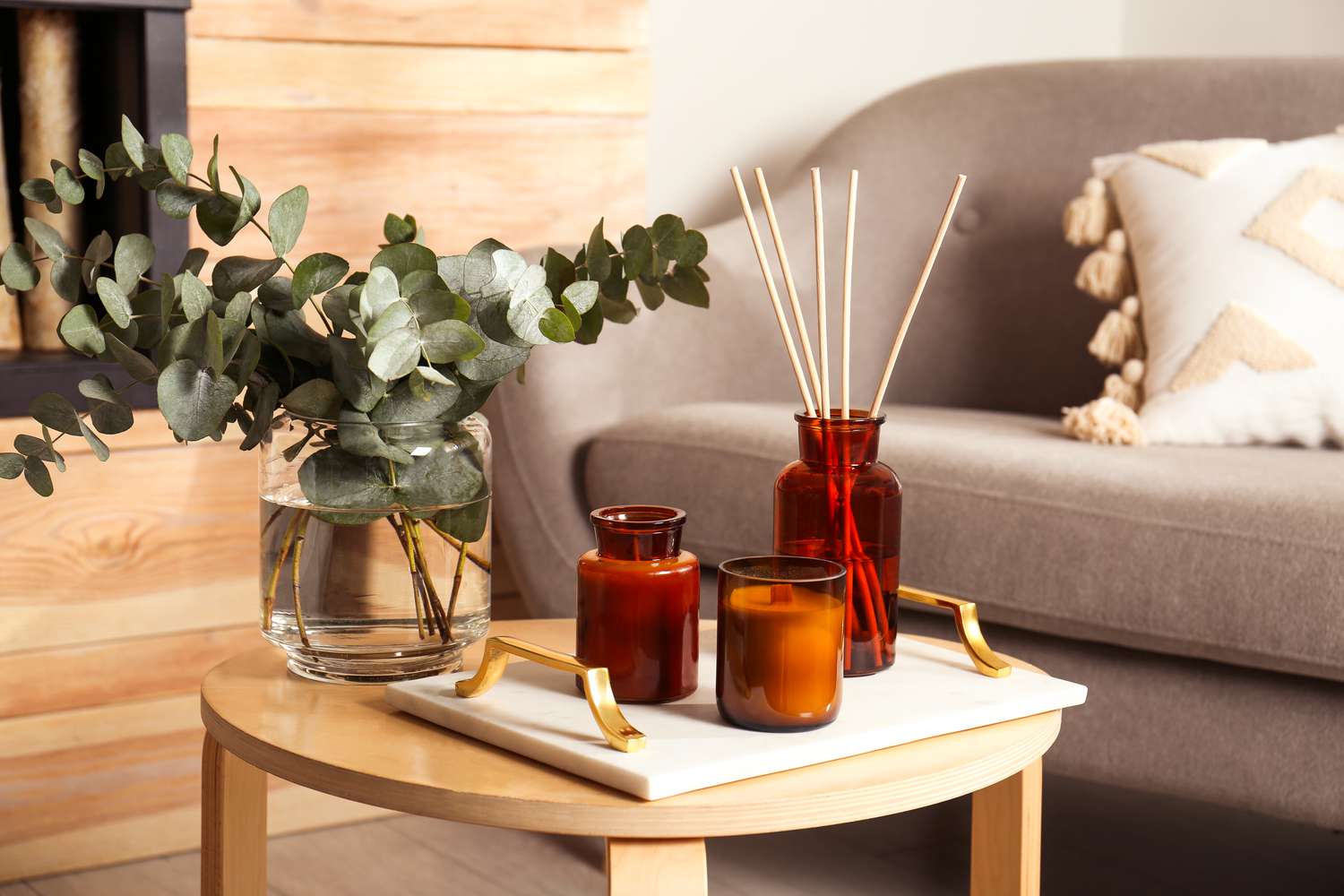
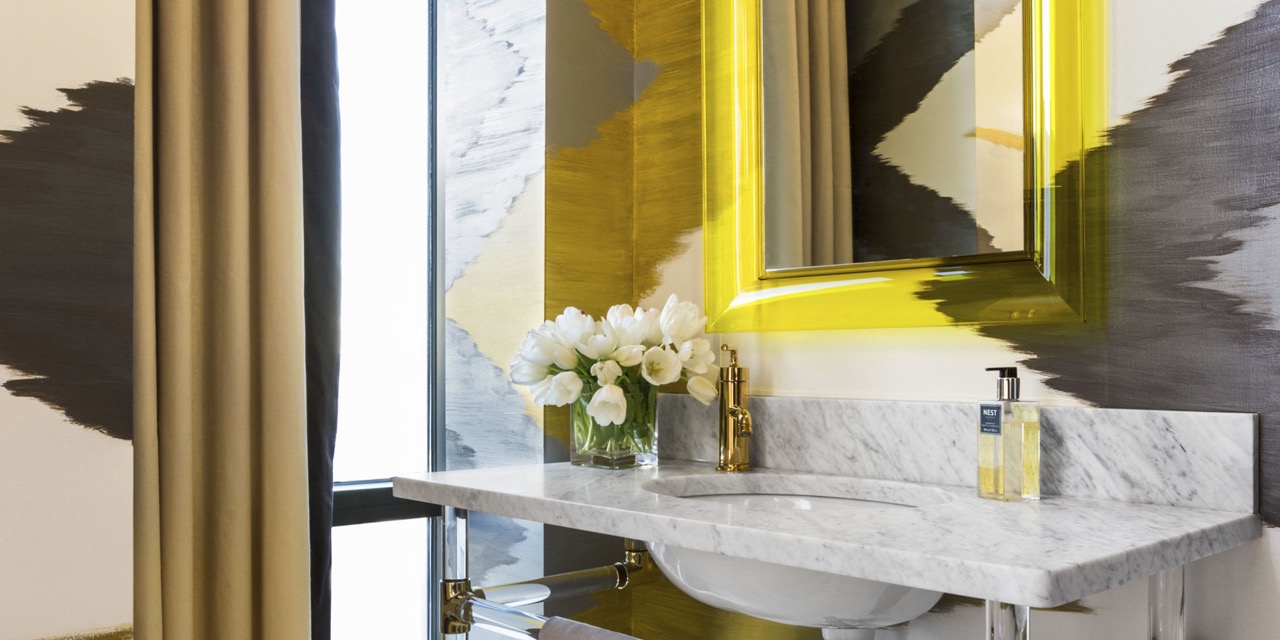
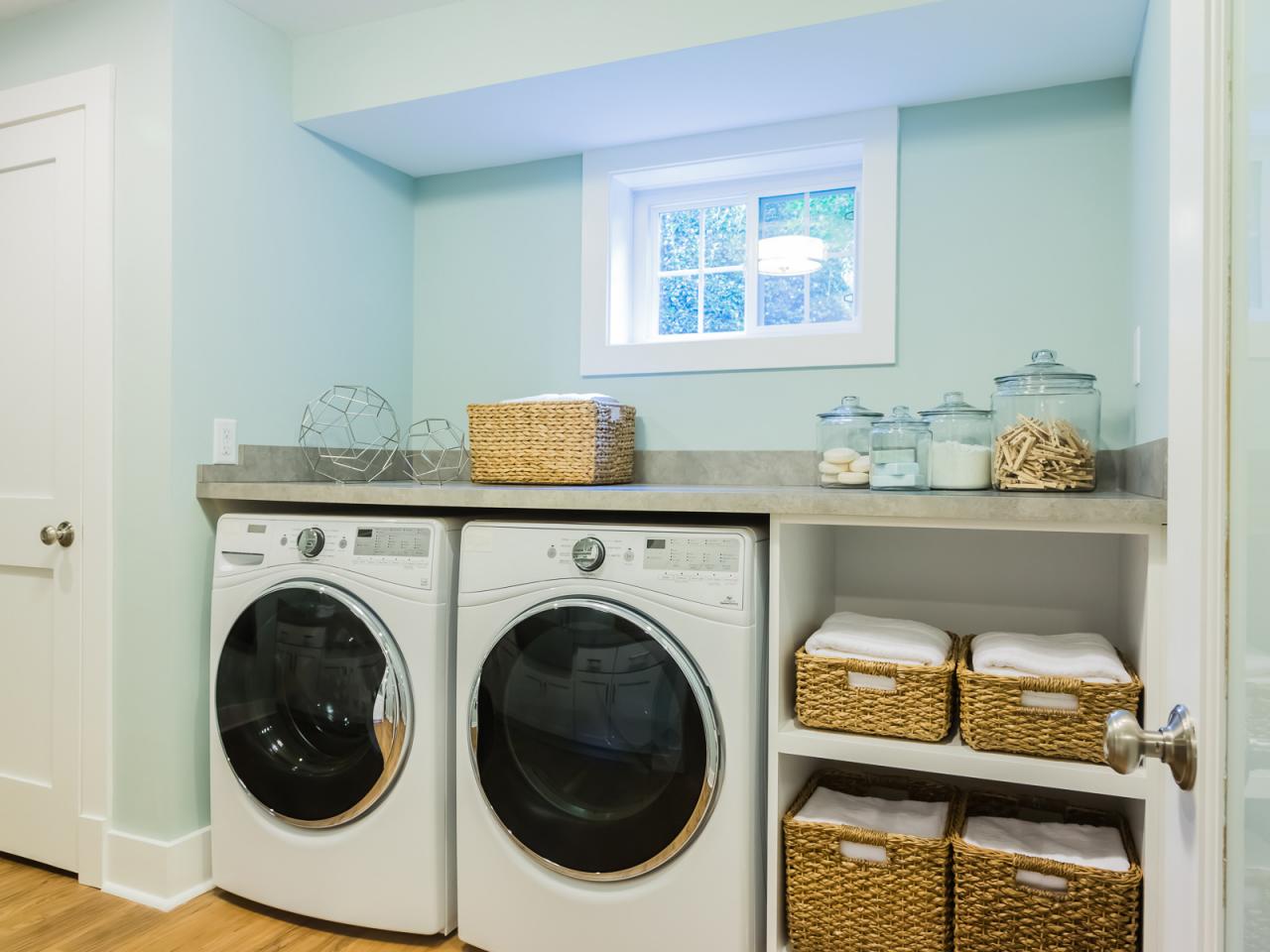
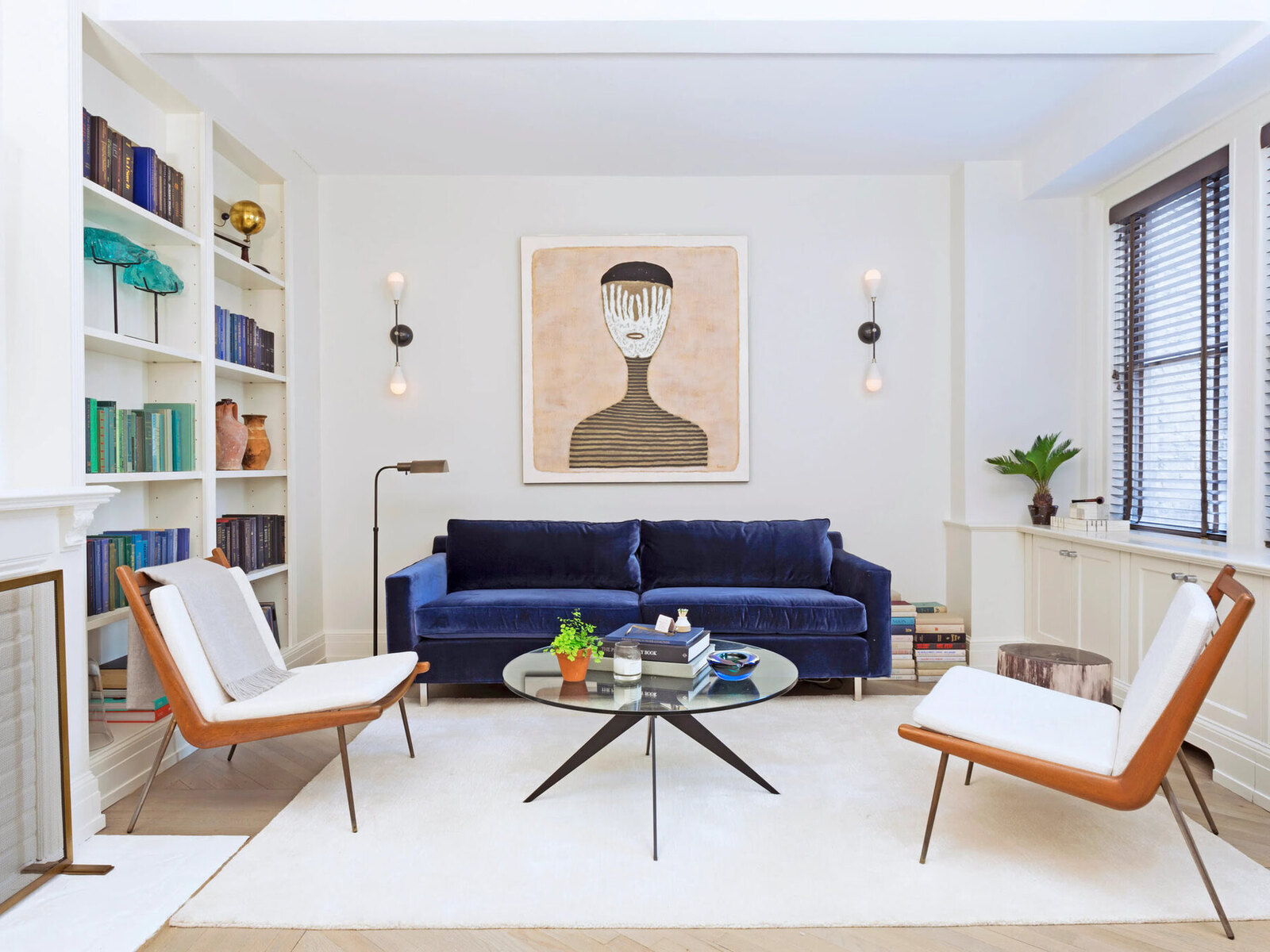
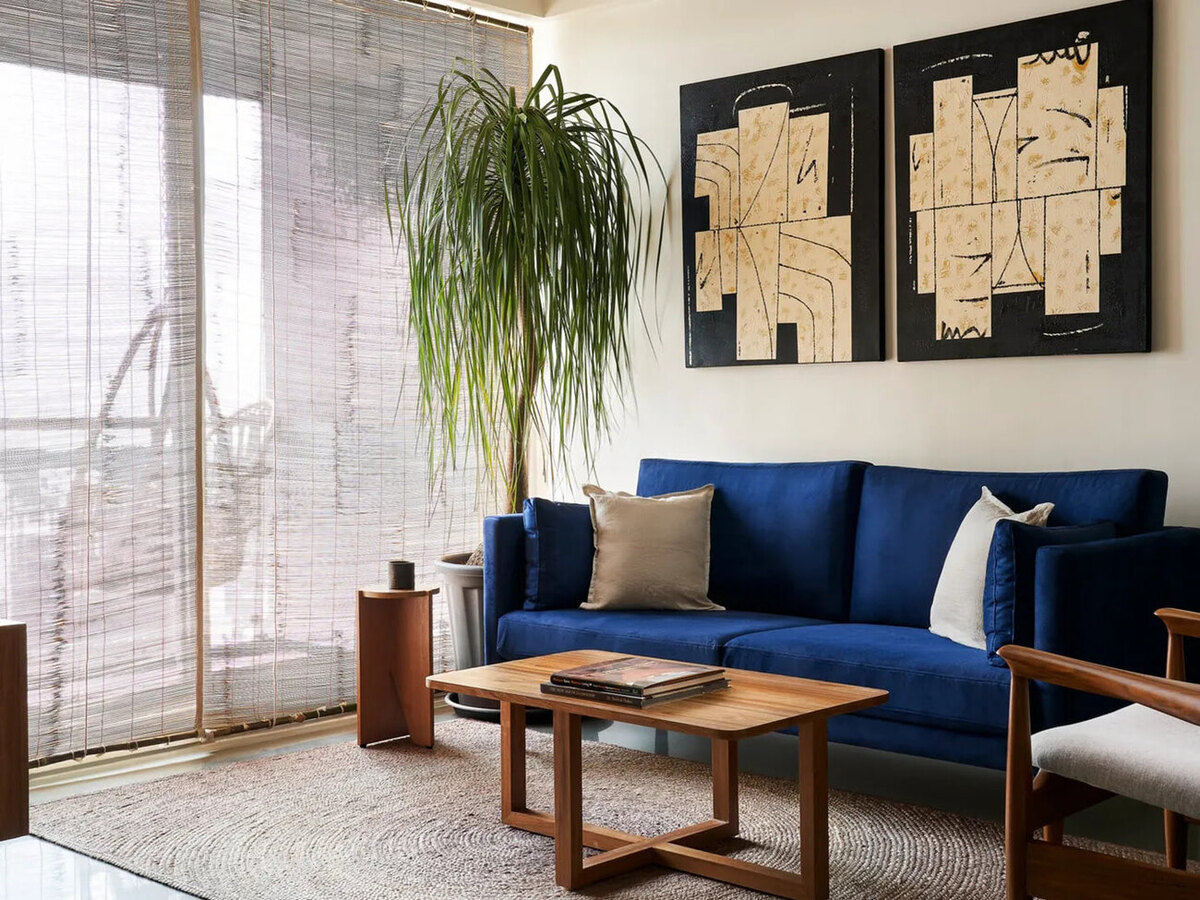
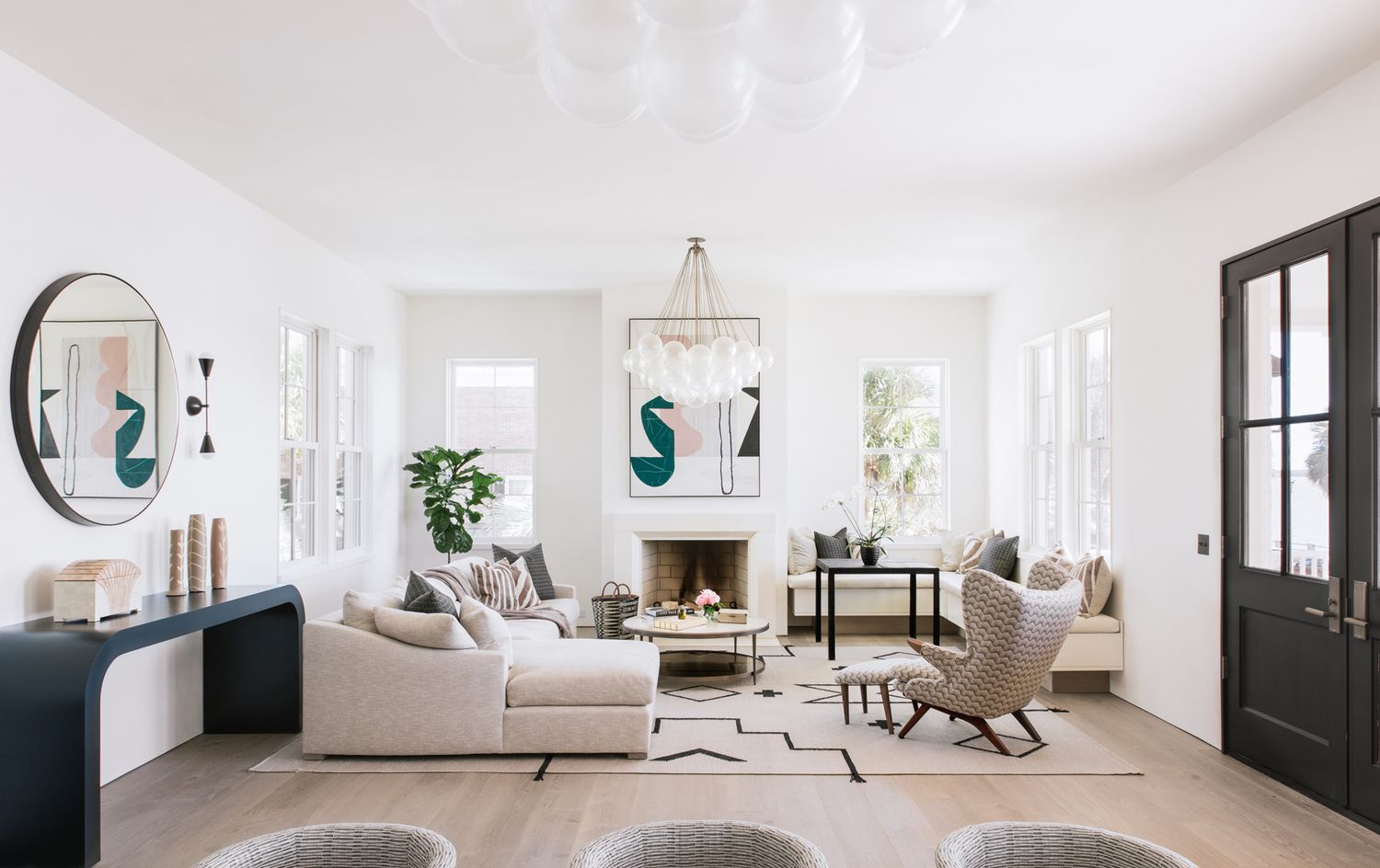
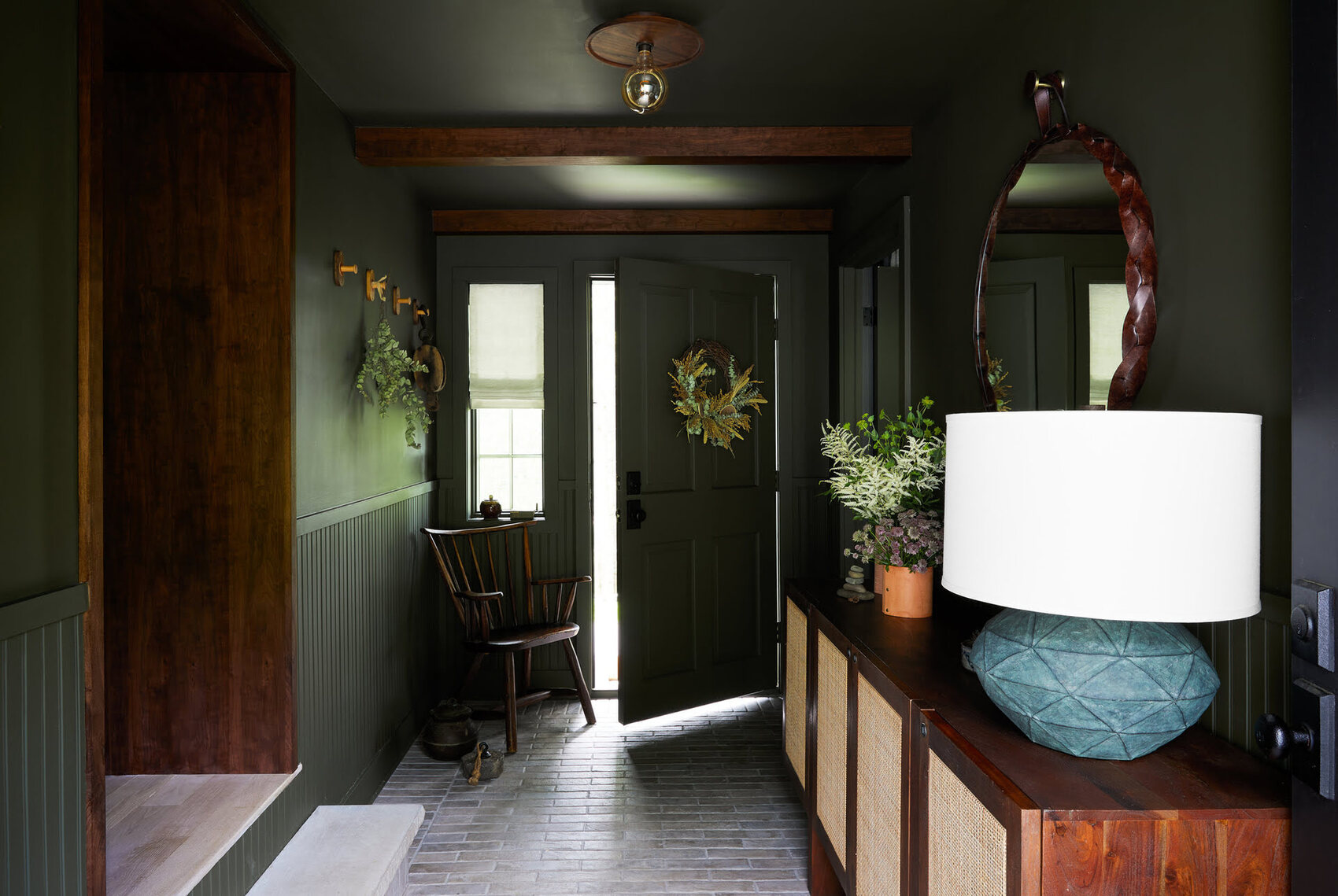
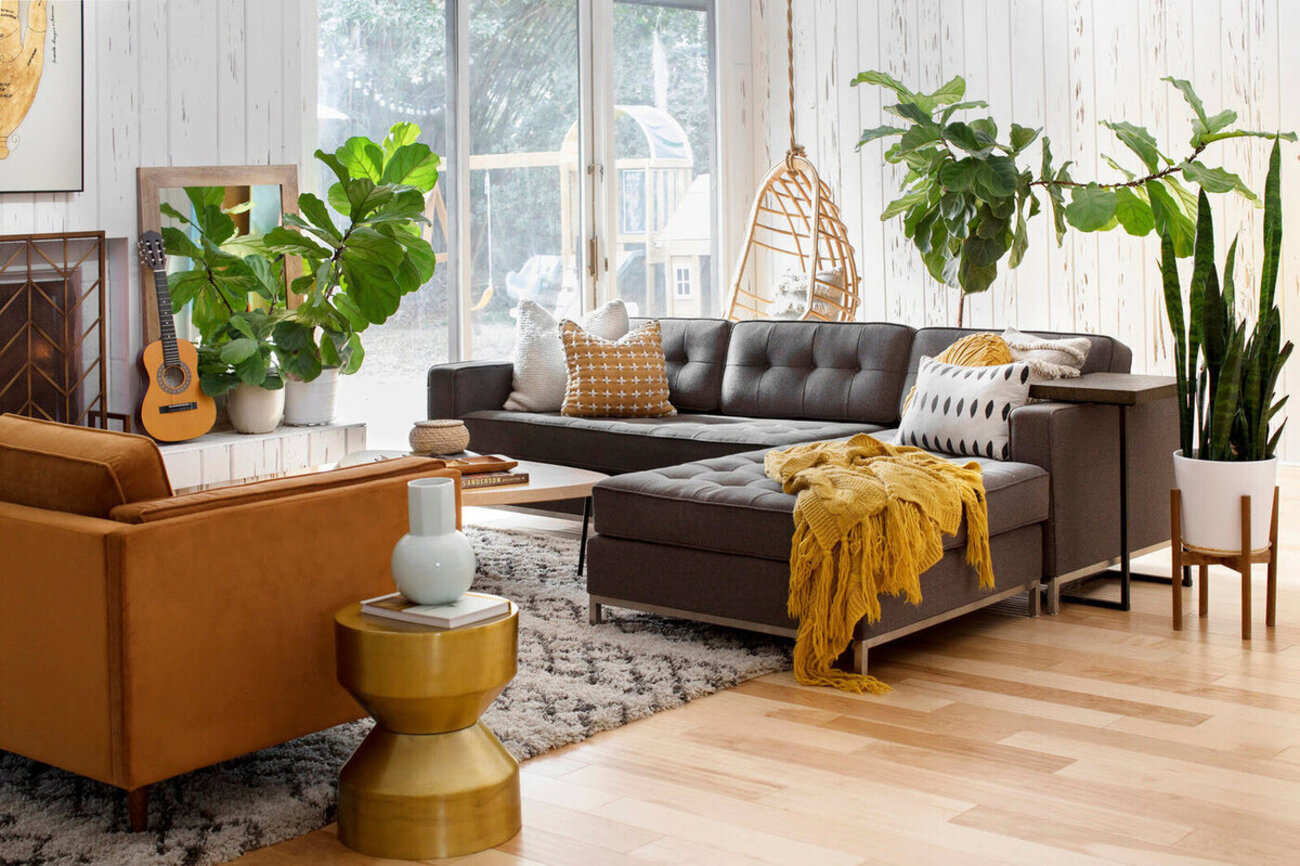
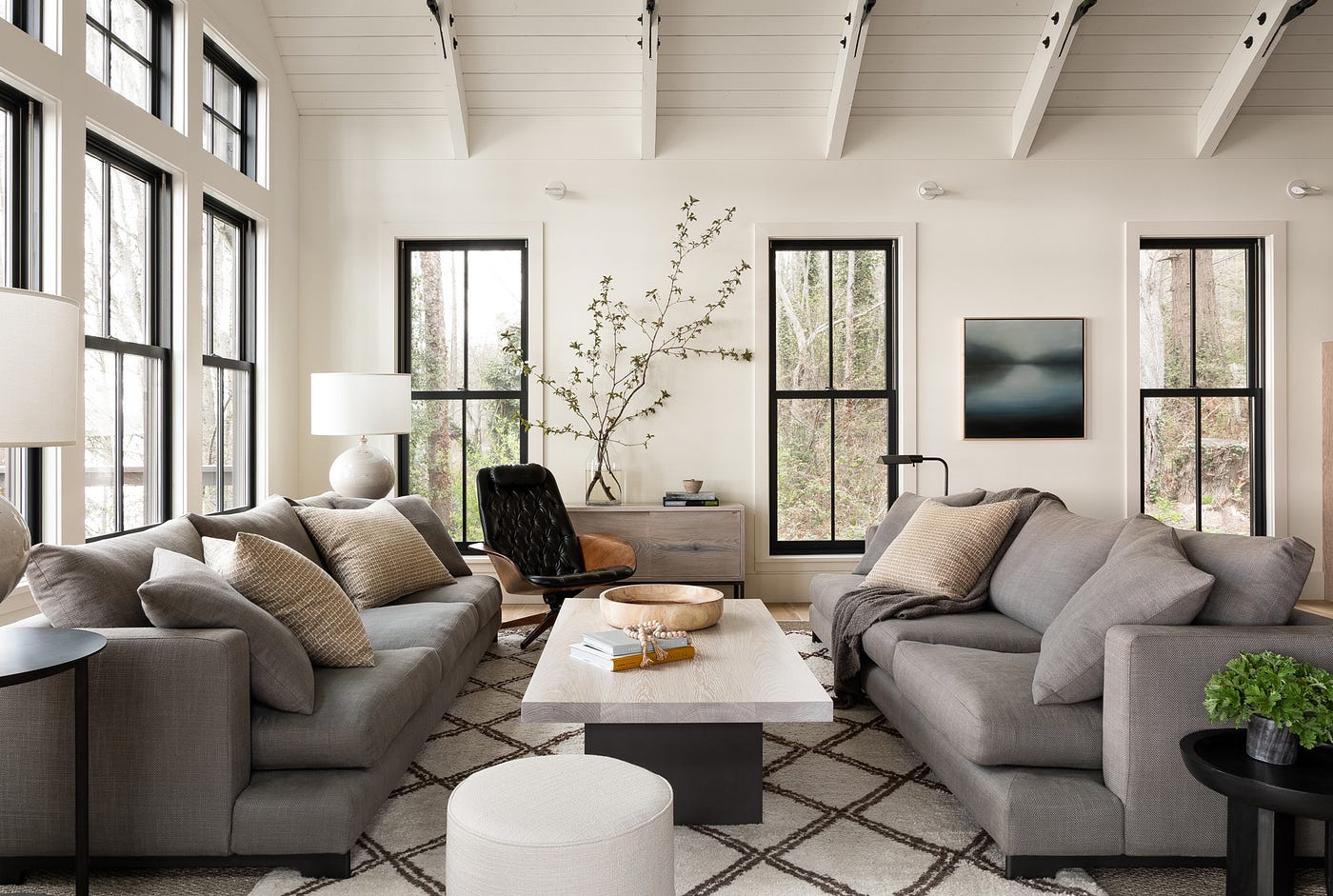
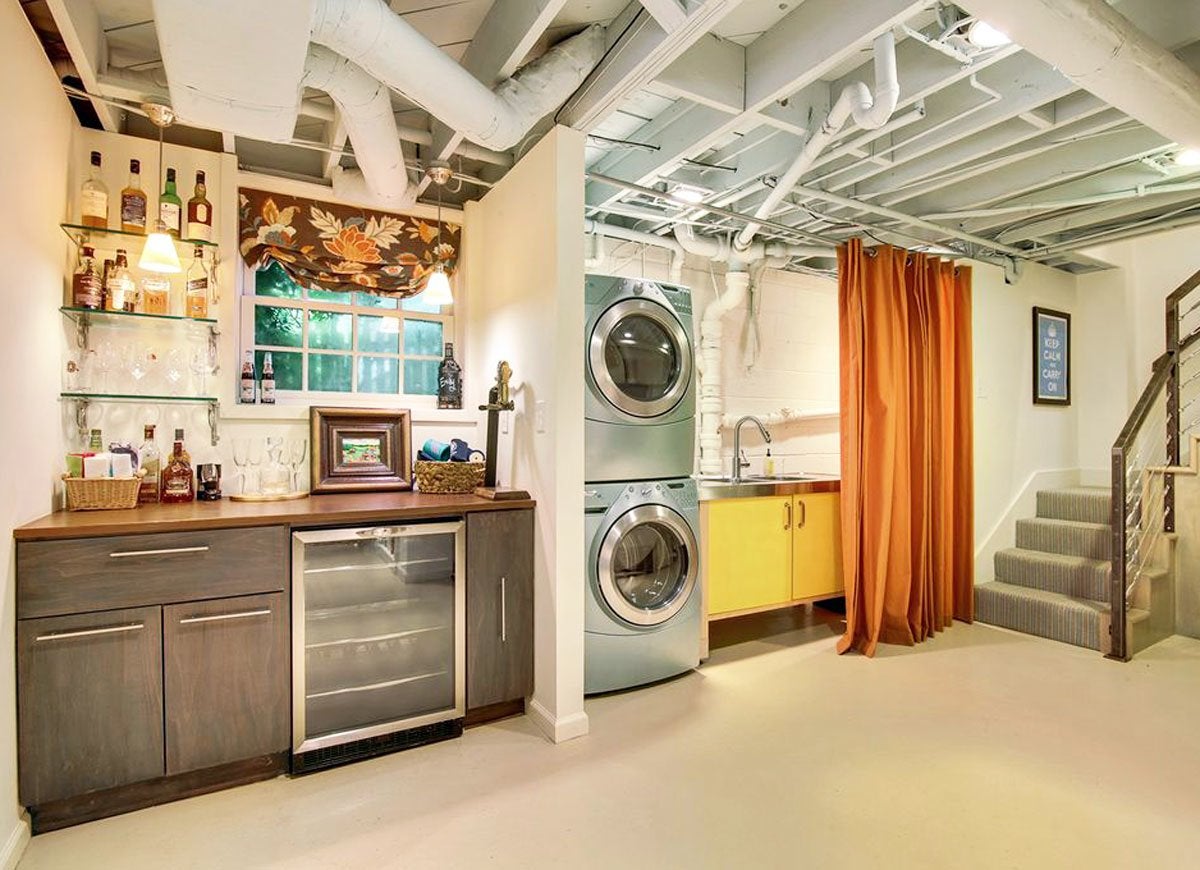
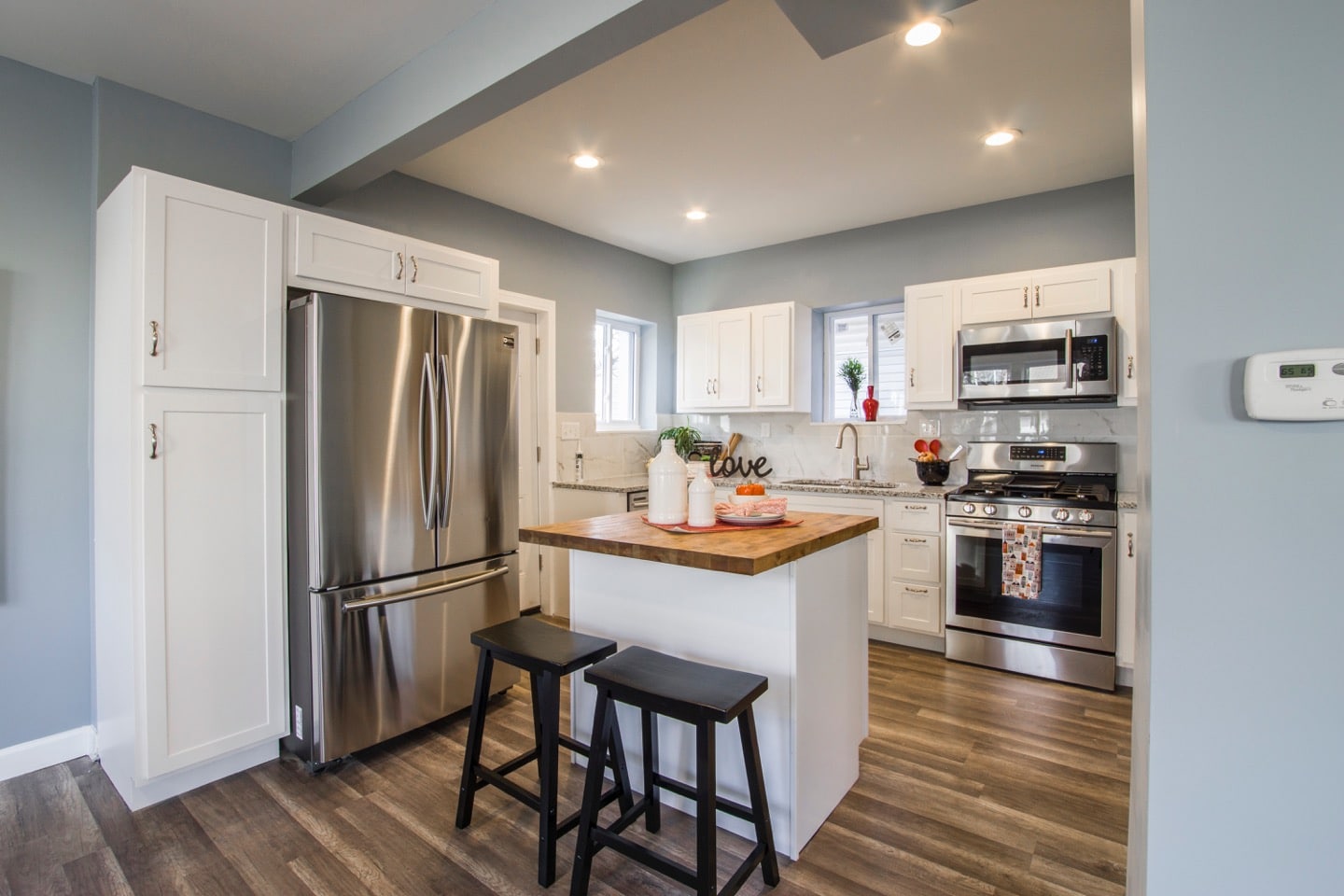
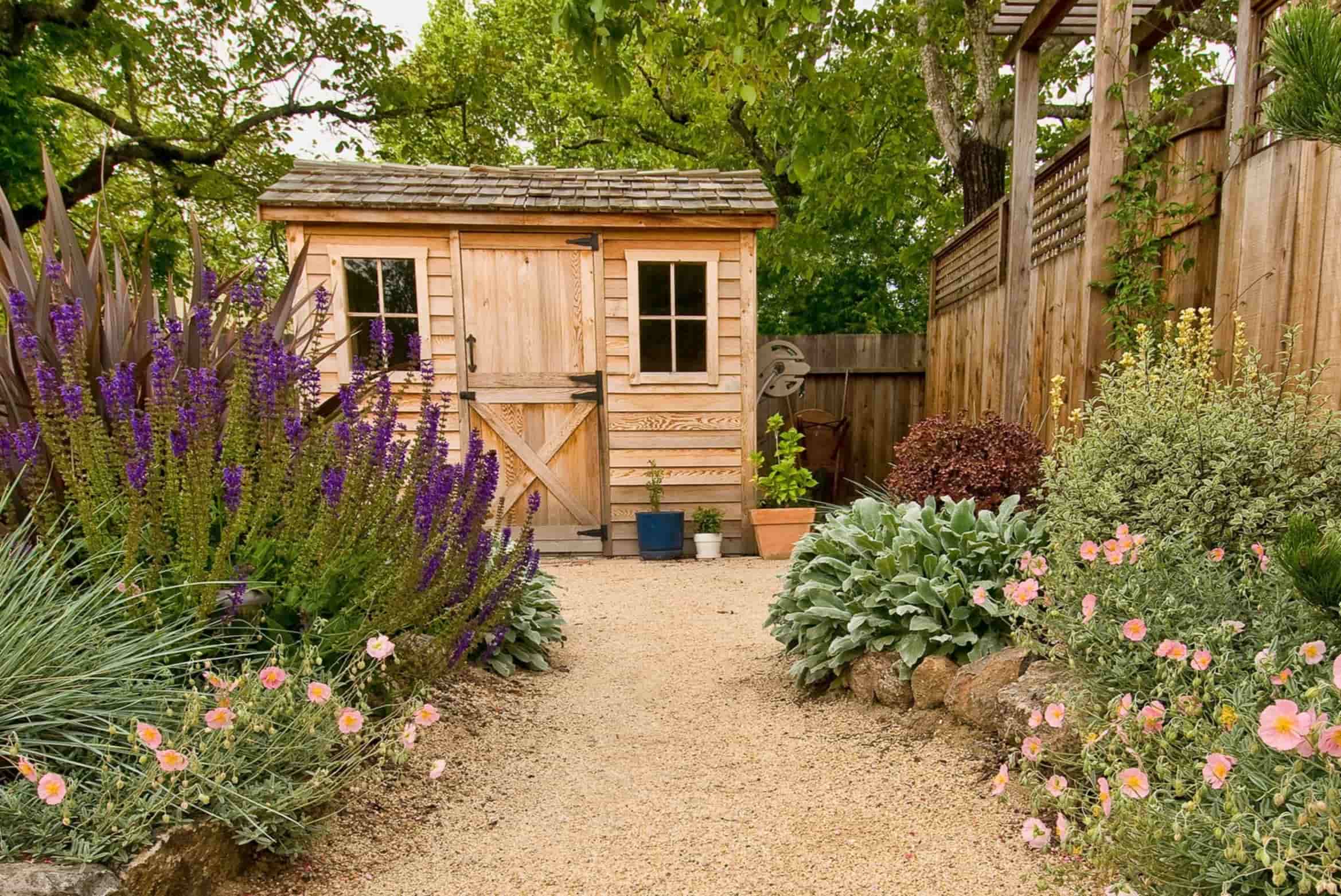

0 thoughts on “How Can I Make My Small Living Room Look Nice?”